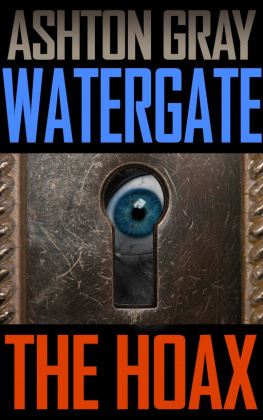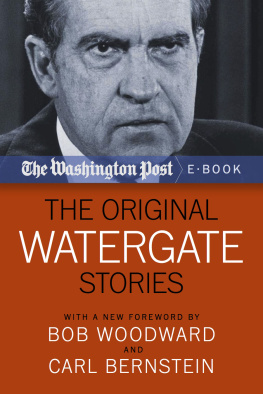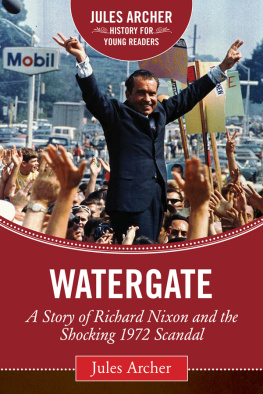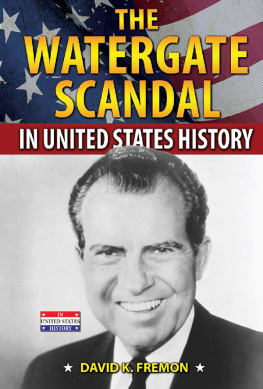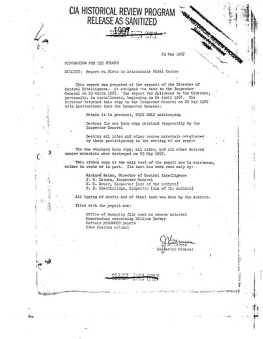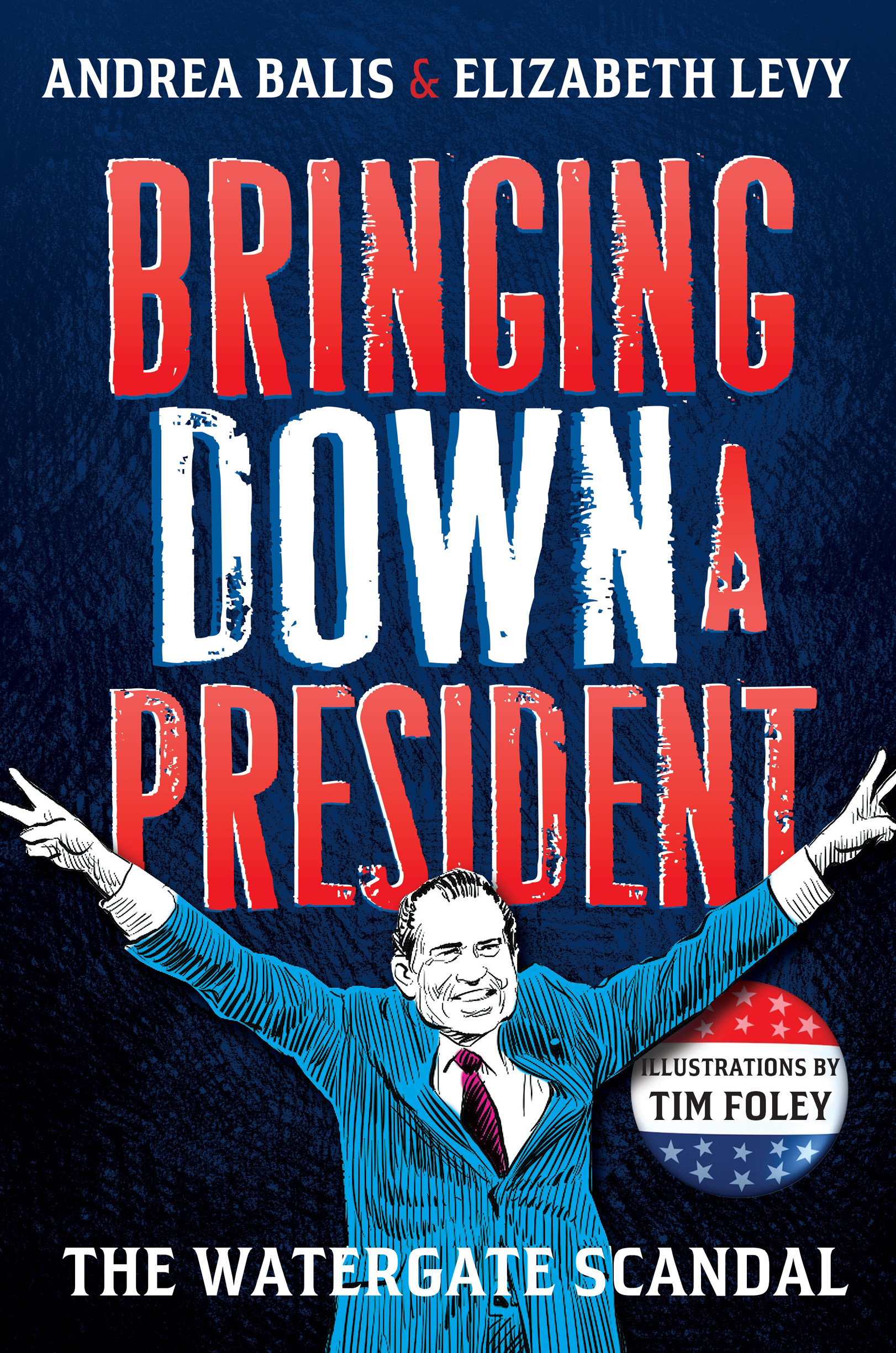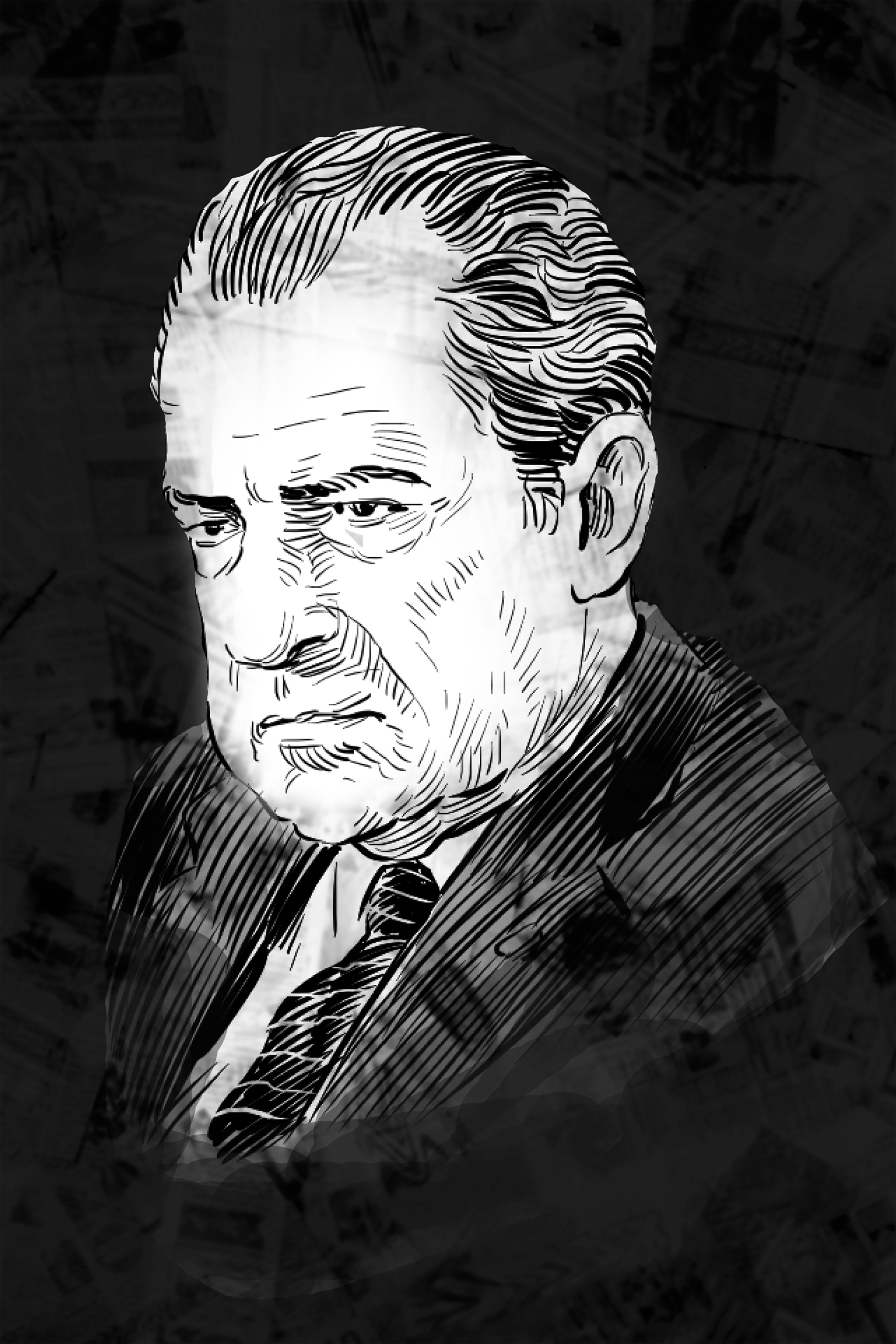The author and publisher have provided this e-book to you for your personal use only. You may not make this e-book publicly available in any way. Copyright infringement is against the law. If you believe the copy of this e-book you are reading infringes on the authors copyright, please notify the publisher at: us.macmillanusa.com/piracy.
THE PRESIDENT
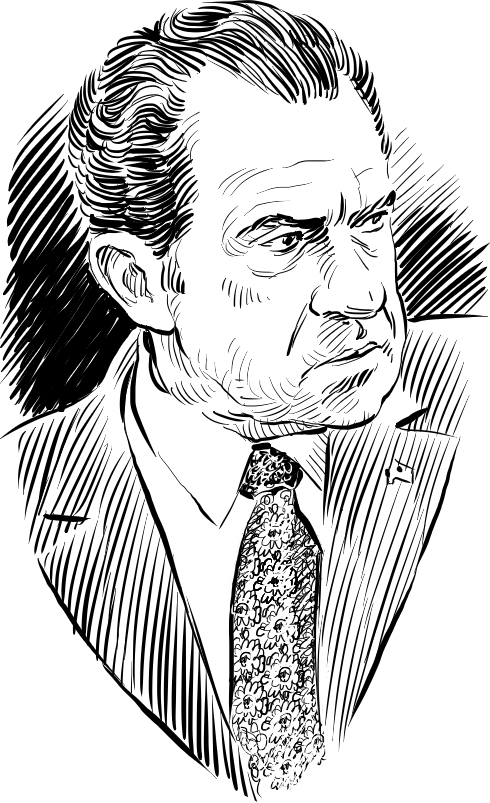
Richard Nixon: Thirty-seventh president of the United States
HIS TEAM
Alexander Butterfield: Deputy assistant to the president, Haldemans aide
Charles (Chuck) Colson: Special counsel to the president
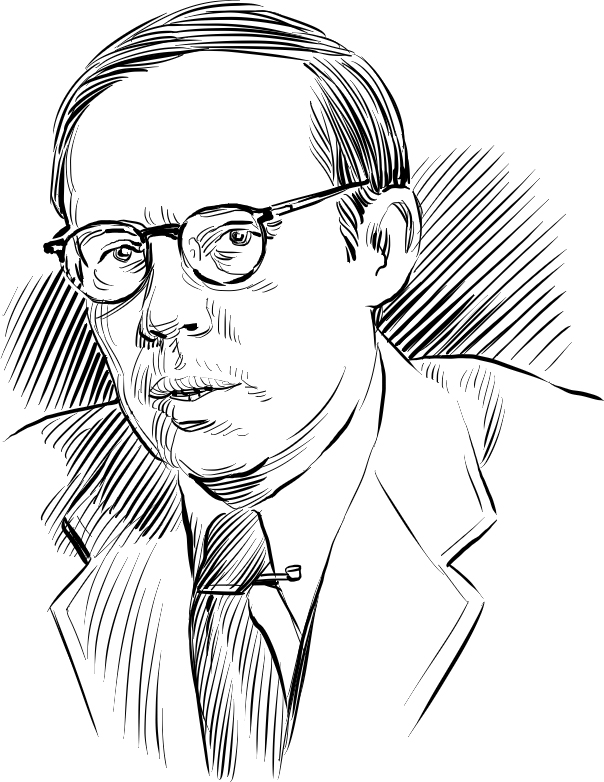
JOHN DEAN
John Dean: Counsel to the president
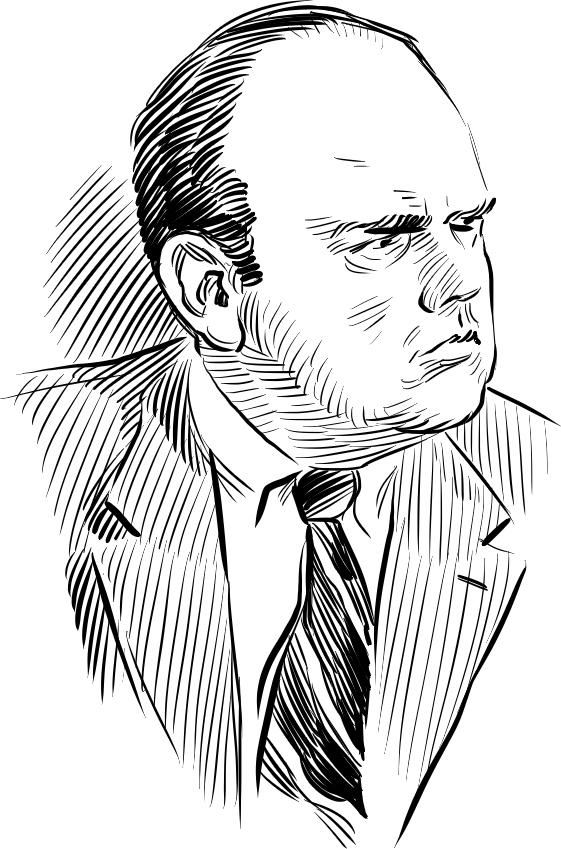
JOHN EHRLICHMAN
John Ehrlichman: Assistant to the president for domestic affairs
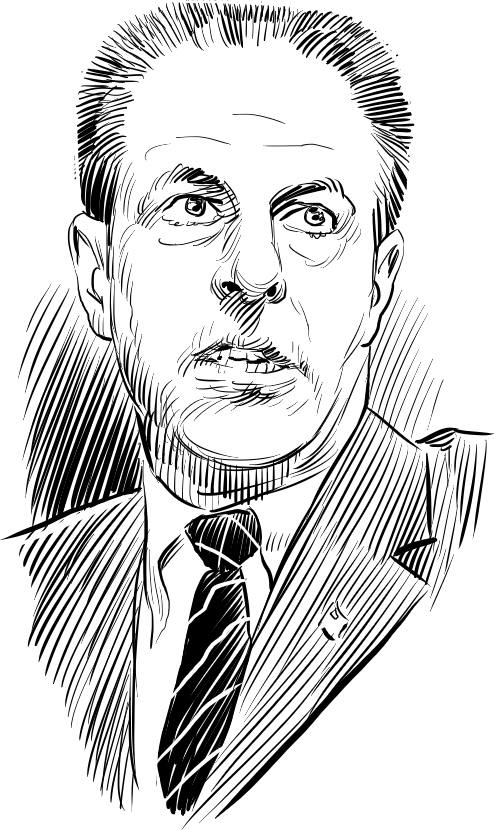
BOB HALDEMAN
H. R. (Bob) Haldeman: White House chief of staff
Herb Kalmbach: Nixons personal attorney, campaign fund-raiser
Jeb Magruder: Deputy director of the Committee to Re-Elect the President

JOHN MITCHELL
John Mitchell: U.S. attorney general (19691972)
Anthony Tony U. Ulasewicz: ExNew York City police officer, in charge of payoffs to burglars
THE PLUMBERS/BURGLARS
THE HONCHOS
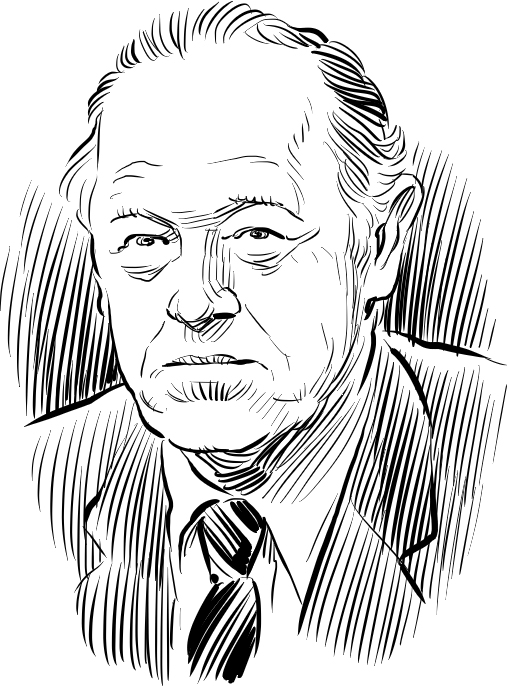
E. HOWARD HUNT
E. Howard Hunt: Retired CIA agent
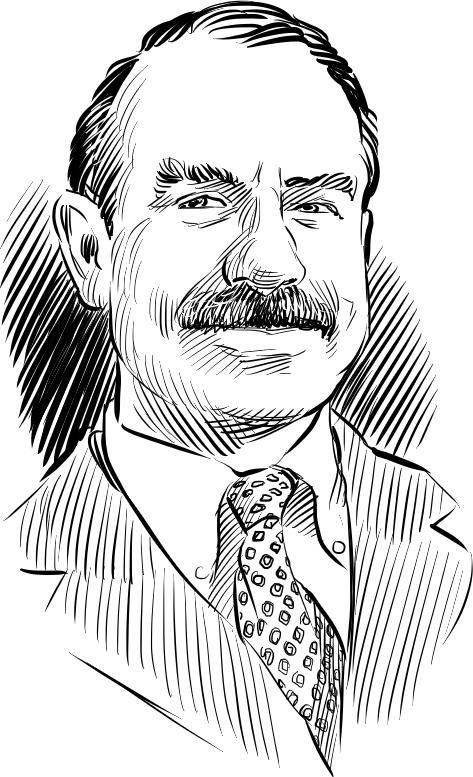
G. GORDON LIDDY
G. Gordon Liddy: Retired FBI agent
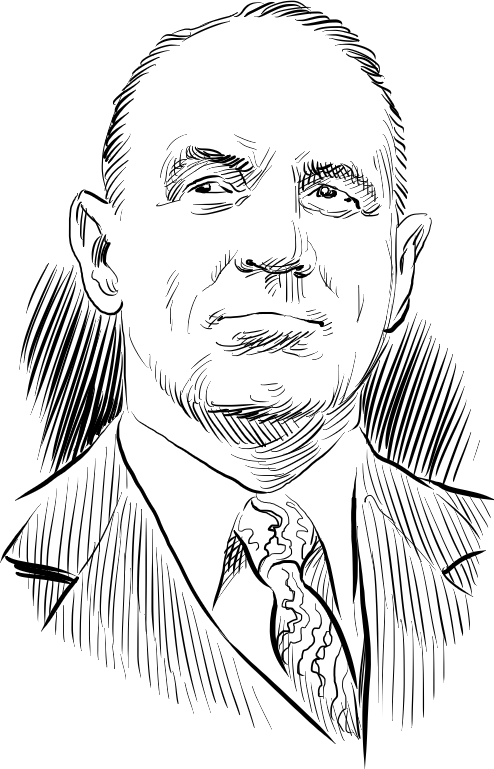
JAMES McCORD
James McCord: Retired CIA agent
THE BURGLARS FROM CUBA (VIA MIAMI)
Bernard Barker
Virgilio Gonzalez
Eugenio Martnez
Frank Sturgis
THE PROSECUTORS
Archibald Cox: Watergate special prosecutor
Leon Jaworski: Watergate special prosecutor
Elliot Richardson: U.S. attorney general (1973)
THE CONGRESSIONAL TEAM
Sam Dash: Chief counsel of the Ervin Committee
Sam Ervin: Chairman of the Senate Select Committee on Presidential Campaign Activities (the Ervin Committee)
Peter Rodino: Chairman of the House Judiciary Committee
THE NEWSPAPER TEAM
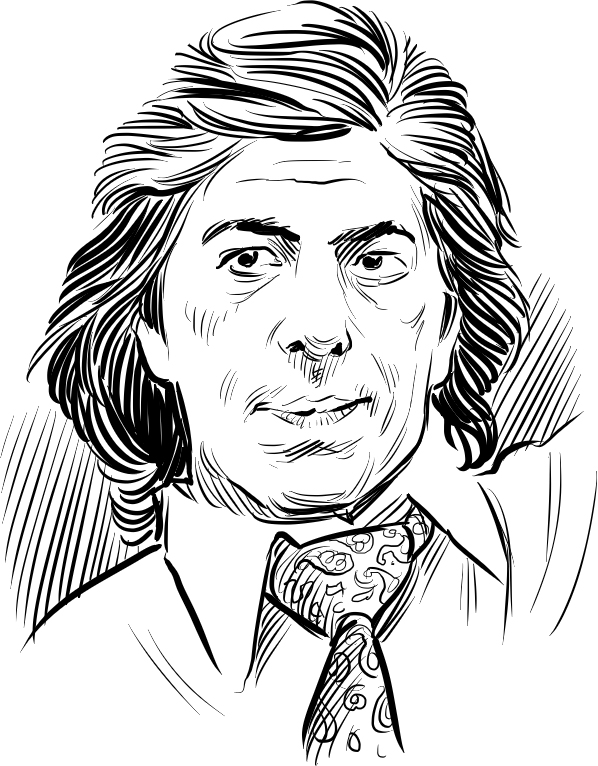
CARL BERNSTEIN
Carl Bernstein: Reporter for the Washington Post
Ben Bradlee: Executive editor of the Washington Post
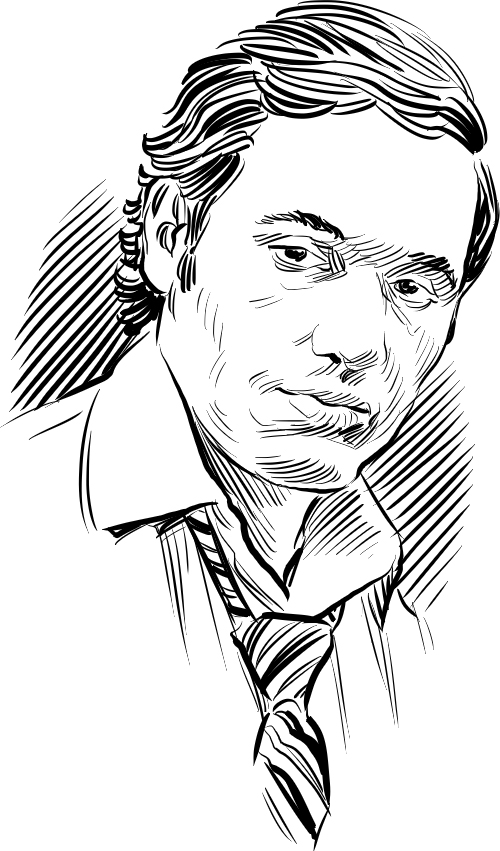
BOB WOODWARD
Bob Woodward: Reporter for the Washington Post
The Watergate, in Washington, D.C., is a shining white complex of apartments, offices, and a hotel with balconies that look like sharks teeth. If you are ever visiting the nations capital, you and your family can stay in the hotel. In 1972, Watergate was the site of the most famous burglary in U.S. history. And a very weird burglary it was: Nothing was stolen. The burglars wore suits and ties, and blue plastic gloves. They carried crisp one- hundred-dollar bills into the burglary site. But the thing that made this burglary so famous is the fact that the burglars worked for the president of the United States.
Mary McCarthy (a journalist and Watergate resident): It is very different today when tourists roam through the lobby buying Watergate joke material, including bugs, at the newsstand.
Today the word gate gets attached to scandals around the world. But Watergate is where it all began.
When people hear about scandals, they often say, I wish I had been a fly on the wall. They mean they wish they could know every word that was actually said. Real flies have eyes that help them see in every direction at once. In our book, the Fly on the Wall is your narrator.
Reading the actual words of the players in this scandal reminds us that these were real people, in real situations, and they did not know how it would end. For many of them, it ended in a jail cell.
HED NEVER BE
ABLE TO OPERATE THE BUGGING EQUIPMENT ON HIS OWN.
JOHN EHRLICHMAN
FLY ON THE WALL: It is hard to say when a historical event begins, but one place to start the story of Watergate might be February 16, 1971. On that day, President Richard M. Nixon and his faithful aide Alexander Butterfield stood by the presidents desk in the Oval Office. They were staring at the new, up-to-date recording device that the Secret Service had installed at the presidents request and hidden under his desk.
Nixon (turning solemnly to Butterfield): Mums the word.
FLY ON THE WALL: Some leaders, such as pharaohs and kings, have built pyramids or monuments so history will remember them. Nixon got a monument of his own words. He wanted a record of everything that was said in the Oval Office. According to H. R. (Bob) Haldeman, Nixons chief of staff, the president wanted to use that record to write his own history.

Haldeman (looking back on Watergate): Nixon and I agreed something had to be done to ensure that we possessed an accurate record of what was said for his eventual memoirs.
FLY ON THE WALL: Nixon didnt want anyone except a few people on his staff to know about the devices recording thousands of hours of conversations3,700 hours, to be exact. Theres so much tape that the recordings are still being transcribed to this day. There were seven microphones in the Oval Office: five in Nixons desk alone and one on each side of the fireplace. Dozens more were scattered around wherever Nixon might go. All of these microphones were hooked up to recorders hidden in a White House locker room that nobody used anymore. Almost every single word that Nixon or anybody else said in the Oval Office, including each phone conversation, would be recorded day and night. And everybody, especially a president, says things they dont want certain other people to hear.


